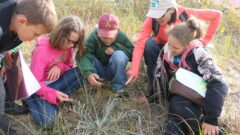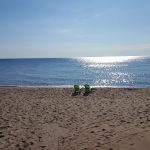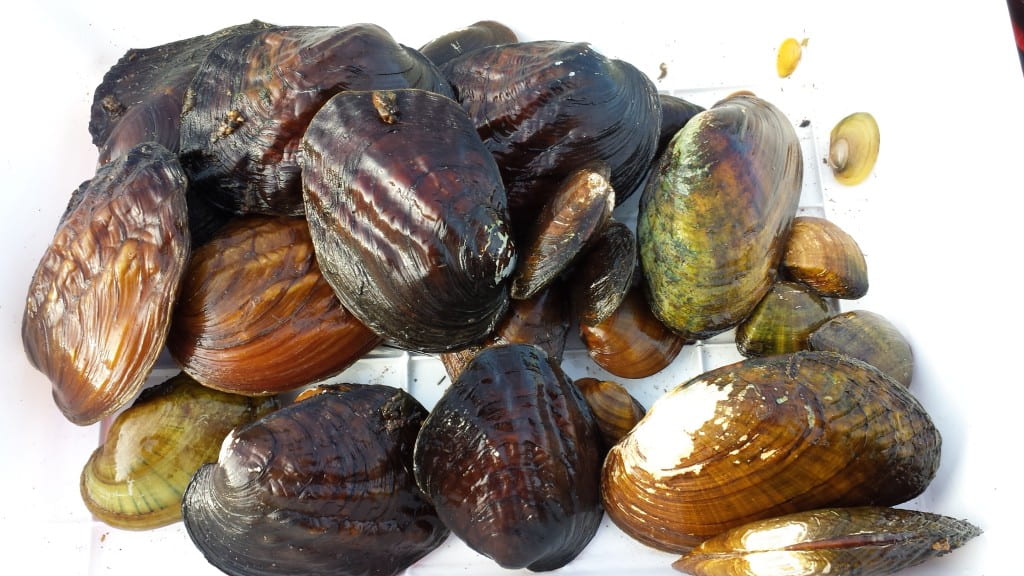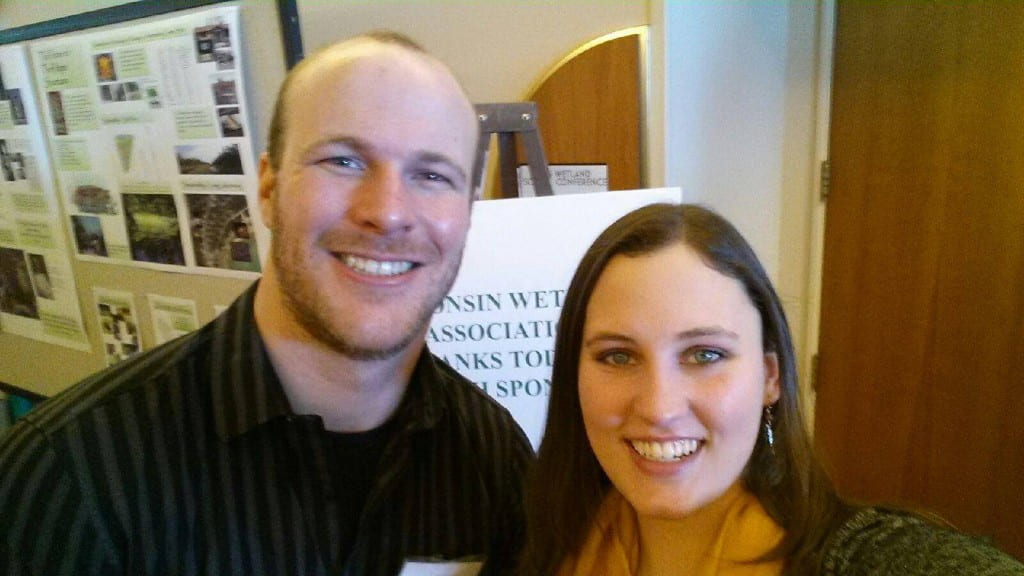Science Says What? How 5th-graders counting plants can lead to positive change

Science Says What? is a monthly column written by Great Lakes now contributor Sharon Oosthoek exploring what science can tell us about what’s happening beneath and above the waves of our beloved Great Lakes and their watershed.
As spring comes to Saginaw Bay, a group of elementary school students are preparing to play an important role in a long-term scientific study.
Great Lakes Now
https://www.greatlakesnow.org/2023/03/science-says-what-how-5th-graders-counting-plants-can-lead-to-positive-change/




